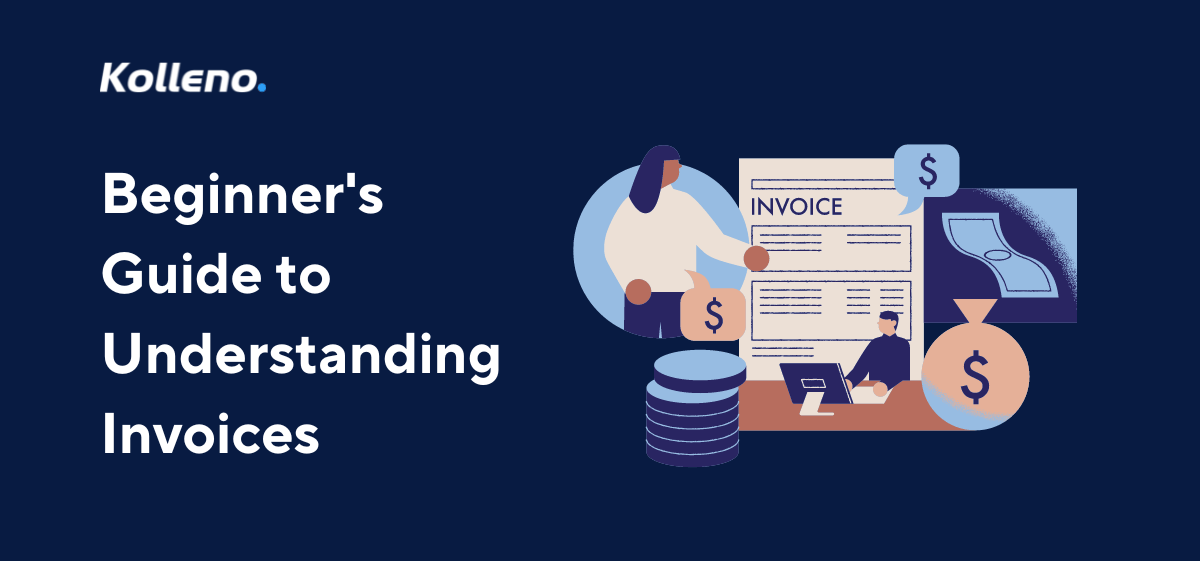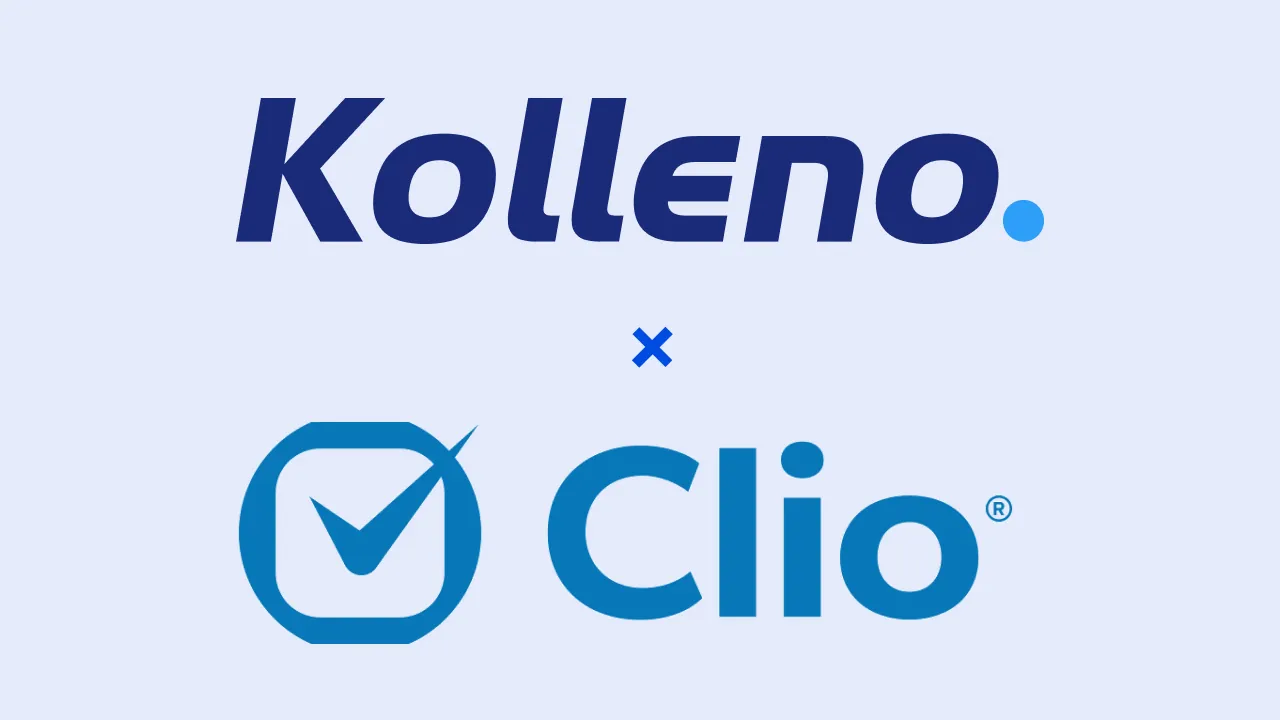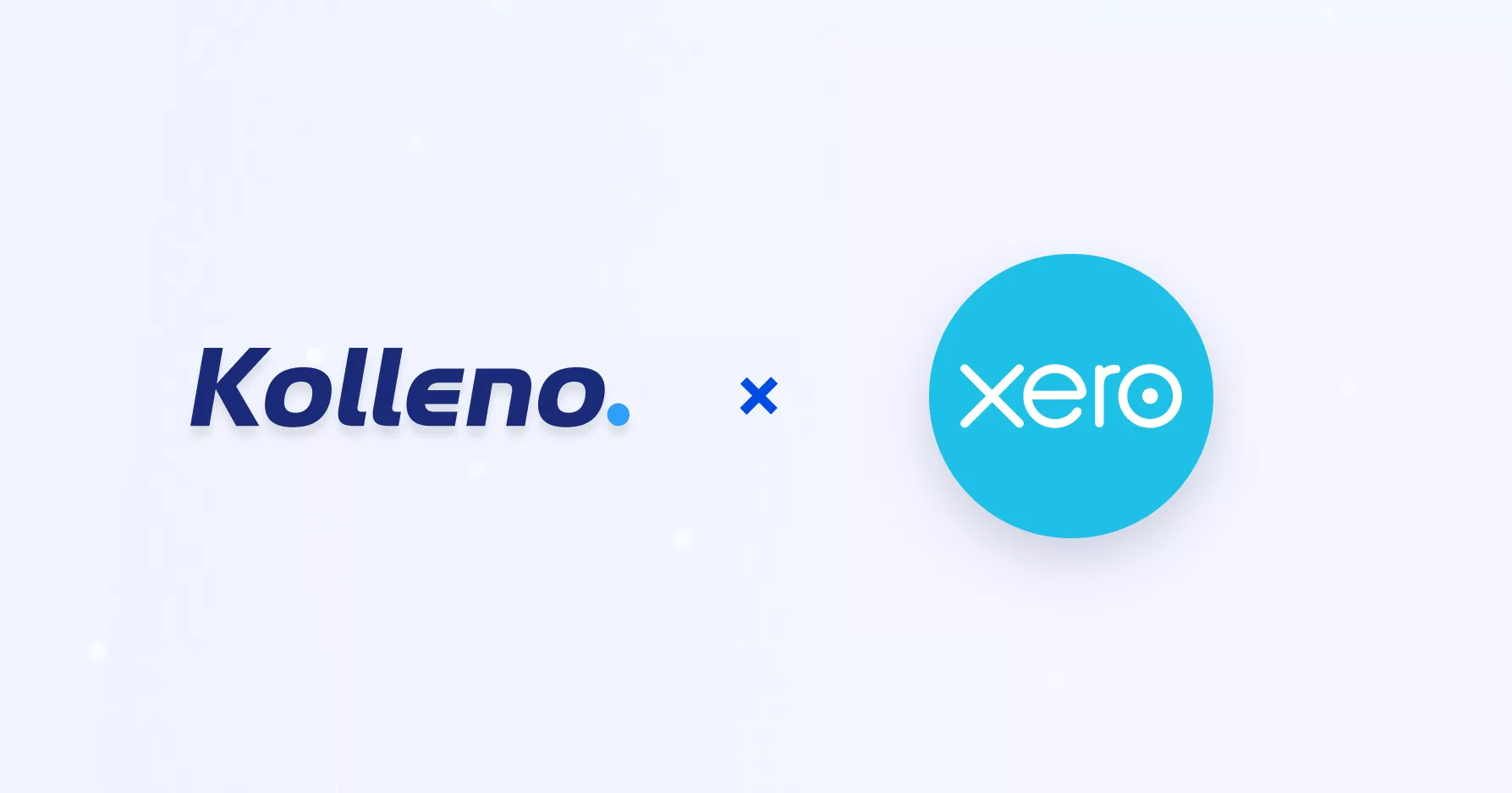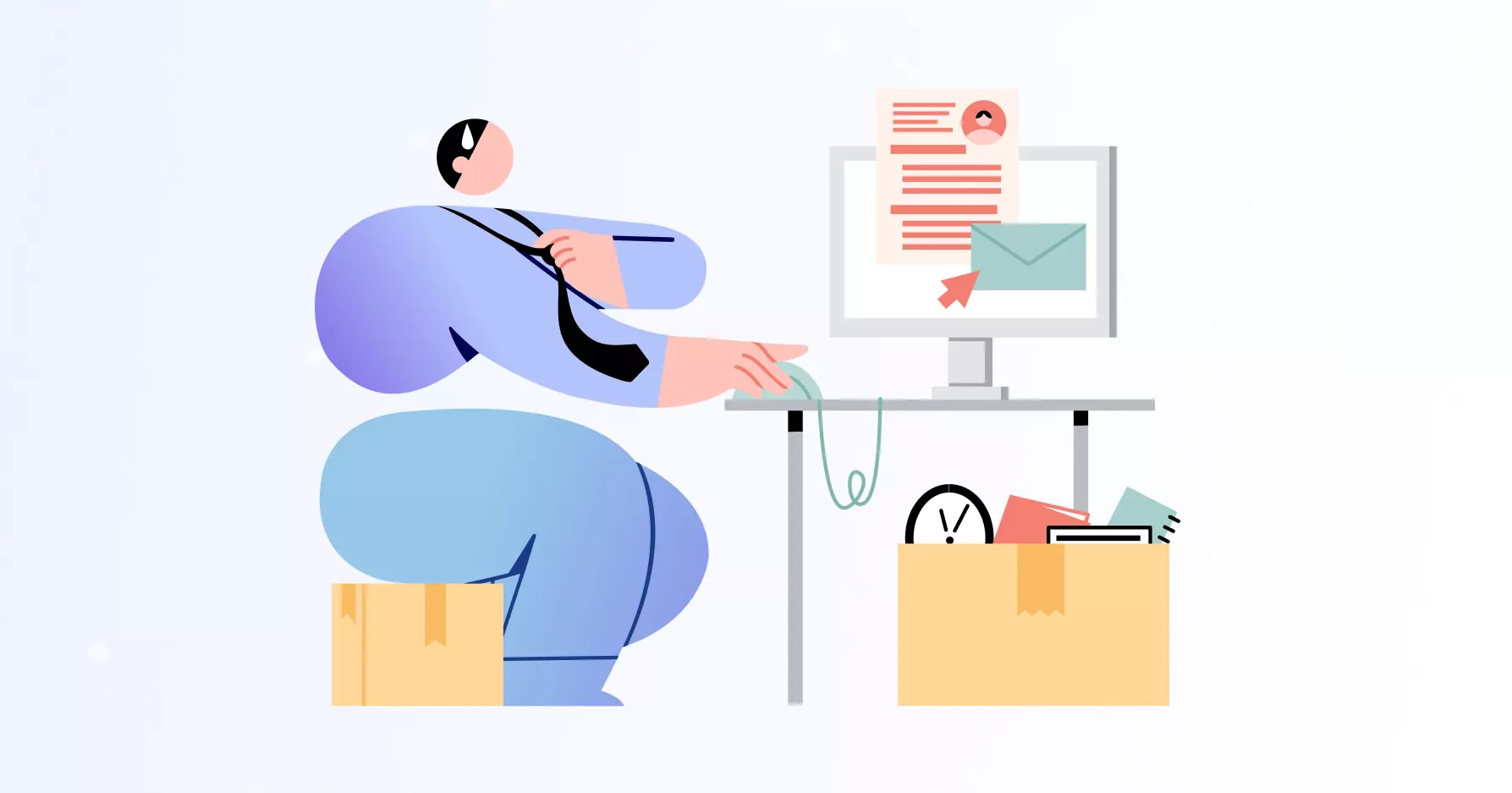Invoicing is an essential component of practically any business as it substantially impacts a company’s audits and internal accounting measures.
Although the concept of invoice management may appear relatively straightforward on paper, there are various facets that business owners and the company’s finance department will need to take into consideration. In particular, all invoices must be descriptive, accurate, and generated in a punctual manner to ensure a steady operational cash flow for the company.
In This Blog:
- What is an Invoice?
- What is the Difference Between an Invoice and a Quote?
- The Basic Elements and Best Practices
- How to Assign Invoice Numbers
- When and How Should Businesses Invoice Their Clients?
- The Different Types of Invoices in Businesses
- Important Tips and Advice
- The Perks of Employing Modern Invoicing Software
What Is an Invoice?
An invoice is a time-stamped commercial document and maintains detailed records of a transaction between two parties, namely a buyer and a seller. Should the company’s product and/or service be purchased on credit, the invoice would typically include the specific terms and conditions of the deal as well as the relevant information regarding how customers could pay for the purchases at a later date.
Meanwhile, invoices come in a wide variety of forms, such as but not limited to a sales invoice, a paper receipt, a debit note, a bill of sale, or an electronic record issued by an online retailer. Other than that, an invoice may be termed differently based on the receiving party. For instance, an invoice would be known as a “purchase invoice” for customers, whereas an invoice would be classified as a “sales invoice” for sellers or suppliers.
What is the Difference Between an Invoice and a Quote?
Put simply, an invoice varies from a quote because it showcases the specific time token alongside the actual costs associated with a specific transaction. On the other hand, a quote only documents estimated expenses to execute a particular business activity, which is subject to change depending on the circumstances.
Not to mention, a quote is usually limited to a specific time frame, such as 30 days from the day it was issued by the seller or supplier, as the costs incurred may fluctuate in the future.
What is the Difference Between an Invoice, a Bill, and a Receipt?
In general, invoices and receipts convey the same information about a particular business transaction. However, an invoice is created by the company that has sold its product and/or service. On the contrary, the buyer receiving the invoice would be recording that piece of document as a bill to be settled. Once the bill has been paid, the business would, in turn, issue a receipt to be recorded as official evidence of the customer’s payment.
The Basic Elements of an Invoice and Best Practices
Put simply, a proper and legally sound invoice document ought to include all the crucial information that customers need in order to complete their transactions smoothly. Meanwhile, a good invoice should also provide an official avenue to clarify any frequently asked questions regarding making payments.
On that note, an invoice, in the majority of cases, will document a list of the following components:
- The term “invoice”
- An invoice number that is unique to this document for both the buyer’s and seller’s reference
- The invoice date
- A brief description of the delivered product and/or service
- The price per unit of the product and/or service provided
- The total number of units purchased by the customer
- The seller’s (i.e., the company) name and contact details
- The buyer’s name and contact details
- The date and time the product and/or service was provided
- The date and time the invoice was delivered to the customer
- The total amount to be paid by the customer
The specific payment terms, which usually detail the company’s preferred payment method, the due date for the buyer to complete the transaction, terms and conditions relating to late payment penalties, as well as the details regarding early payment benefits
In essence, structuring an invoice document may have substantial implications on a business’s ability to settle its accounts receivables from its customers. For instance, it should explicitly specify the credit period instead of mentioning relatively vague terms on the payment due date. Meanwhile, all non-essential data that may cause unnecessary confusion amongst customers, such as internal company jargon, are strongly recommended to be excluded from the invoice. Besides that, a widespread best practice amongst corporations is to place the company’s contact details in a text box so readers can quickly notice it (i.e., the customers).
How to Assign Invoice Numbers
There are a variety of methods by which companies can assign unique invoice numbers to each invoice document, with some of the popular approaches including the following:
Sequential Order
To provide some context, businesses would usually begin with any number (typically the number “1”) and assign future invoices with the following number in the sequence (e.g., Invoice #001, Invoice #002, etc.).
Fundamentally, sequentially assigning invoice numbers is the most straightforward method adopted by businesses as this strategy makes it really convenient for businesses to remain consistent as well as prevent the accidental duplication of invoice identities. As a matter of fact, this method is often the default style employed by the majority of cloud-based invoicing software solutions.
Chronological Order
Businesses managing their invoices chronologically would usually sort it based on the data they were created. Thus, the initial series of numbers in each unique invoice number would typically refer to the date the invoice was generated. Following that, the number would be assigned a combination of numbers that are exclusive to each invoice document.
Based On a Specific Project ID
A file organisation method standard in the construction industry, companies engaged in multiple projects at any point in time with a particular customer, could consider billing them on a project basis. Therefore, assigning invoice numbers based on each project ID is another approach businesses could consider.
Based On a Particular Customer’s ID
The procedure for allocating invoice numbers by the respective customers’ ID is somewhat equivalent to the invoice number assignment process via chronological ordering. In most cases, the unique invoice number would first begin with the customer’s ID, followed by a unique number combination.
When and How Should Businesses Invoice Their Clients?
Generating an invoice document before delivering the products and/or services is a pragmatic practice when businesses manage smaller orders. This strategy usually creates sufficient pressure for companies to ensure the proper delivery of their goods and service whilst reducing the probability of encountering late payments. Not to mention, businesses obtaining upfront payments could have a healthier cash flow, which is crucial, particularly amongst micro-, small-, and medium-sized enterprises (MSMEs).
On the other hand, creating the invoice for customers after delivering the products and/or service typically requires a high degree of trust as it is much riskier. In the worst-case scenario, settling late payments could cost companies expensive legal and/or debt collection agency fees. Thus, it is increasingly common for businesses to structure invoices that involve getting customers to pay 50% of the total amount owed upfront and the remaining upon the delivery of the company’s offerings. Should this matter involve large-scale projects, corporations could consider segmenting the payment into various tranches that are either time-based or milestone-based, depending on the client’s preference.
What Are Invoices Used For?
In essence, invoices are legally binding agreements between companies and their customers that explicitly showcases both parties’ consent to the quoted total amount owed by the buyer as well as the terms and conditions for settling the payment. With that, invoice documents are a mandatory piece of evidence that businesses need to keep a record of if they intend to demand payments.
Other than that, additional benefits associated with the proper generation and management of invoices among corporations would include their increased ability to maintain a legal record of their sale transactions. As a result, this streamlines the process for businesses to determine the details regarding when a product or service was delivered, the details of its buyer, and the person responsible for that transaction.
Meanwhile, invoices are valuable documents for accounting purposes because they help companies and customers track their payments and amounts due effectively. Moreover, a legally sound invoice helps companies protect themselves from fraudulent lawsuits from legal loopholes within the fine print. Plus, having a proper recording and tracking of every invoice document will assist companies in the accurate reporting of their income and tax payment amounts.
The Different Types of Invoices in Businesses
Similar to invoice numbers, invoices can come in numerous forms, depending on the specific scenario generated, including:
Pro Forma
To put it simply, a pro forma invoice is a document that details the seller’s commitment to delivering the relevant products and/or services to the customer for a price agreed upon by both parties. It is essentially a preliminary bill that is delivered to the buyer before the company provides the goods and/or services. Such formats usually come into the picture when the business manages international transactions, particularly those involving customs purposes on imported goods.
Commercial
In the meantime, commercial invoices are documents utilised during customs declarations, which involve exporting goods sold across international waters.
Credit Note
A credit is fundamentally an invoice document sent to the customer if the products have to be returned to the company due to mistakes or damages.
Timesheet
A timesheet invoice is usually delivered to a buyer when a company intends to charge them for the services provided on an hourly basis.
Interim
Interim invoices are sent by a supplier before a project is fully complete. For instance, they might send interim invoices at the end of each month during a multi-month project.
Retainer
A retainer invoice is often shared with the customer if they intend to make an early payment for a good and/or service, whereby this amount will then be deducted from the buyer’s final payment upon the delivery of the product and/or service.
Recurring
In contrast, recurring invoices are generated and sent to customers at consistent intervals to manage repeating transactions, which is commonplace for companies operating via a subscription-based business model.
With that, Kolleno offers an all-in-one accounts receivable software to elevate a business’ productivity because its automated solution eliminates the need for employees to perform manual accounting tasks.
Important Tips and Advice
In general, there are a number of the conventional wisdom surrounding how business owners could make the best use of their invoice management process and make sure that they are adequately compensated for the products and/or services provided to their customers.
Examples of such tips include:
-Rewarding customers for early and/or punctual payments
-Ensuring that the customer journey during payment process is as smooth as possible
-Establish a recurring invoice management system if such an approach is applicable
-Automate the invoice management process, making sure it passes suppliers’ internal controls. Thanks to internal controls, invoices can be approved quickly and seamlessly as long as you format them correctly.
-Negotiate upfront payment terms with the customer
-Build a positive and long-lasting relationship with customers to sustain loyalty
-Pause or discontinue projects if a customer refuses to comply with the agreed-upon payment schedule
The Perks of Employing Modern Invoicing Software
Modern invoice management software/electronic invoicing offered by software-as-a-service (SaaS) companies are frequently practical solutions to help businesses automate their entire invoicing process so that the company can receive their payments on time.
In particular, invoicing software enables businesses to:
- Generate customised invoices
- Automate any recurring and tedious manual tasks within the invoicing process
- Collect payments securely on a recurring basis
- Help customers track their purchase histories and/or settle payments online
- On that note, it is clear that invoicing software can help to streamline a firm’s financial and accounting procedures. As a result, companies may:
- Significantly lower operational costs associated with salaries and wages for employees working within the billing and invoicing departments
- Strengthen their operational cash flow via the accelerated payment of invoices
- Reduce the frequency of payment fraud
- Automate the follow-up communications with late-paying customers
- Elevate their relationship with customers via a much more efficient customer service system
Concluding Thoughts
In a nutshell, proper payable invoices should not be viewed solely as a sales receipt but rather as a legitimate legal document that can protect companies from errors or legal loopholes. Employing suitable digital invoicing tools can thereby facilitate the process to help corporations improve their cash position or even simplify their entire accounting protocol. With that, businesses ought to consider adopting user-friendly SaaS invoicing software to elevate their cash management calibre.
With that, the smart AI-powered accounts receivable management platform, Kolleno, is well-equipped to help professionals manage their invoices efficiently. Forget spreadsheets and tackle any invoice volume with multiple AI solutions for AR Management.
- In This Blog:
- What Is an Invoice?
- What is the Difference Between an Invoice and a Quote?
- What is the Difference Between an Invoice, a Bill, and a Receipt?
- The Basic Elements of an Invoice and Best Practices
- How to Assign Invoice Numbers
- When and How Should Businesses Invoice Their Clients?
- What Are Invoices Used For?
- The Different Types of Invoices in Businesses
- Important Tips and Advice
- The Perks of Employing Modern Invoicing Software
- Concluding Thoughts











